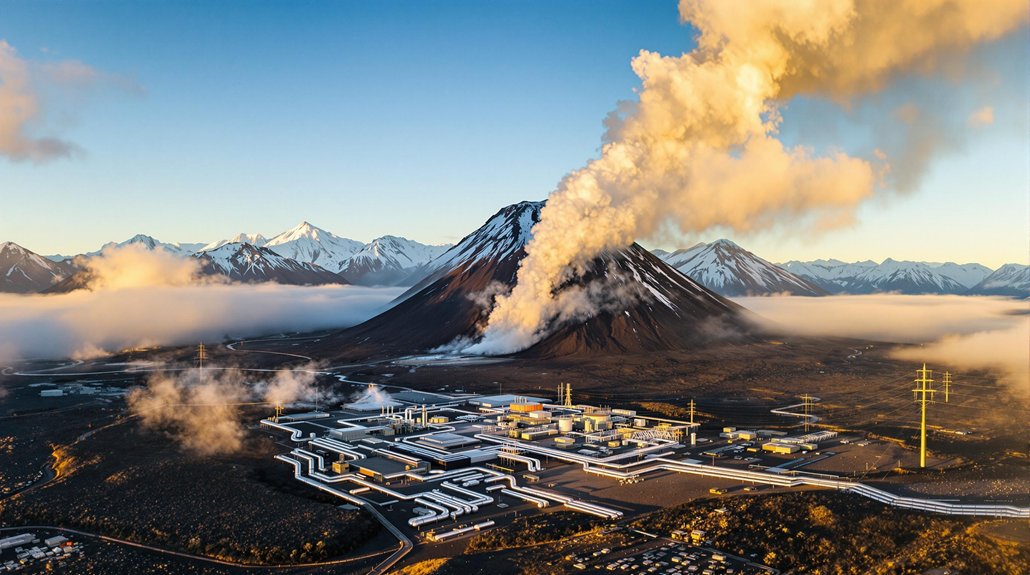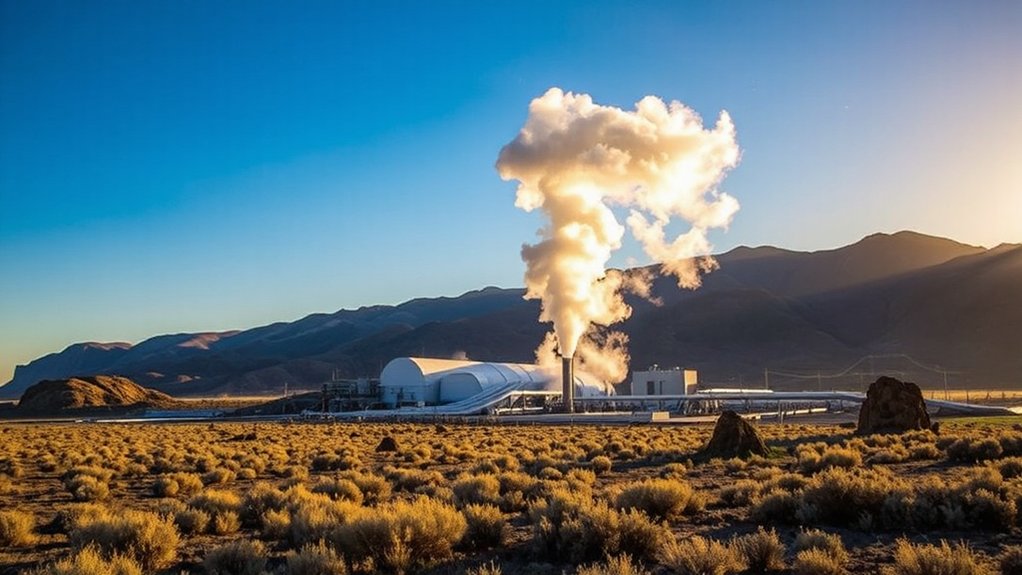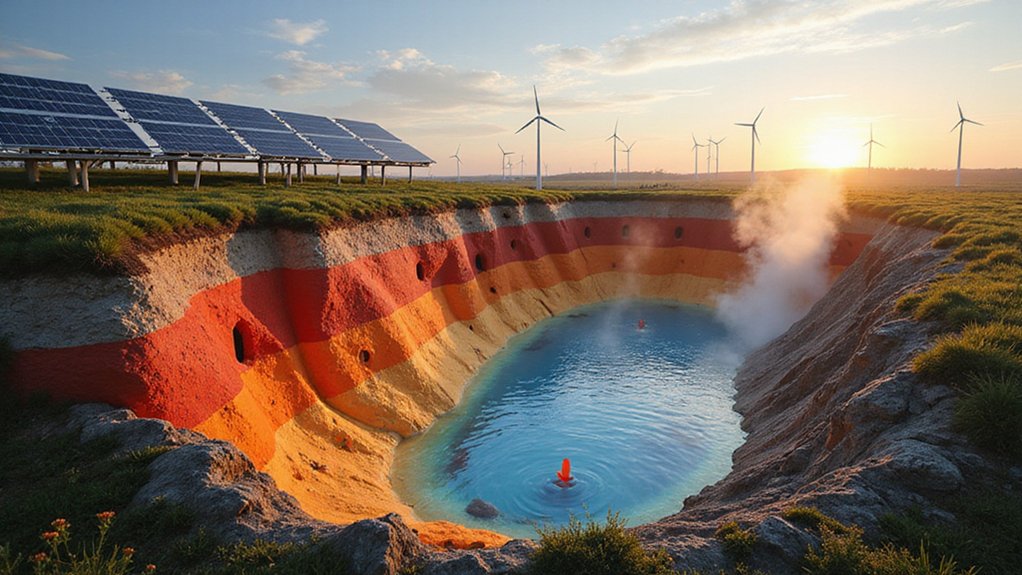Alaska is revitalizing its geothermal energy sector after 15 years of dormancy. The state has identified dozens of volcanic hotspots and 97 thermal springs suitable for energy extraction. Current projects include Chena Hot Springs’ 730-kilowatt plant, with larger 30-megawatt developments planned at Mount Spurr and Makushin Volcano. The initiative aims to increase renewable electricity from 33% to 50% by 2025. This volcanic energy push promises jobs, reduced diesel dependence, and stable power for remote communities.
Dozens of volcanic hotspots across Alaska are sparking a new energy gold rush as companies race to tap the state’s immense geothermal potential. With 97 known thermal springs across the state, Alaska is poised to transform its volcanic activity into a valuable energy resource after years of dormancy in development.
The Chena Hot Springs power plant currently generates 730 kilowatts of electricity, providing a working model for future projects. Alaska already produces 33% of its electricity from renewable sources, but aims to reach 50% by 2025. Geothermal energy could play a key role in meeting this target.
Success at Chena Hot Springs demonstrates geothermal’s potential to power Alaska’s ambitious renewable energy goals.
Two major projects are leading the charge. The Mount Spurr Geothermal Project, located 80 miles west of Anchorage, proposes a 30-megawatt plant that could provide both electricity and heating to Alaska’s largest city. Its proximity to existing transmission systems makes it especially attractive to investors. Mount Augustine, with its shallow magma chamber, represents another promising location where GeoAlaska Inc. acquired a prospecting permit in 2020.
On Unalaska Island, the Makushin Volcano Development plans another 30-megawatt plant with backing from a potential $500 million U.S. Department of Energy loan. The project would serve Unalaska and Dutch Harbor communities, tapping into impressive geothermal resources measured at 202°C just 2,000 feet below the surface.
These developments promise economic benefits beyond clean energy. They’ll create jobs in remote areas, reduce dependence on imported diesel fuel, and provide stable electricity that could attract new industries. Some experts believe Alaska could eventually produce hydrogen for global markets using its geothermal resources. Unlike other renewable options, geothermal energy boasts a 96% capacity factor, meaning nearly constant power availability regardless of weather conditions.
The state government is supporting these efforts through an executive order aimed at releasing Alaska’s resource potential. This includes streamlining permits and reopening regulatory processes for critical infrastructure.
Despite challenges like remote locations and volcanic risks, technological advancements are making geothermal development more feasible. Enhanced geothermal systems, horizontal drilling, and fiber optic monitoring are expanding where and how this energy can be harnessed. The development of these geothermal projects will require significant amounts of mined metals found abundantly in Alaska’s mineral-rich terrain.
The U.S. Geological Survey has identified potential for at least 250 megawatts of geothermal power across Alaska, suggesting this volcanic energy rush is just beginning.








